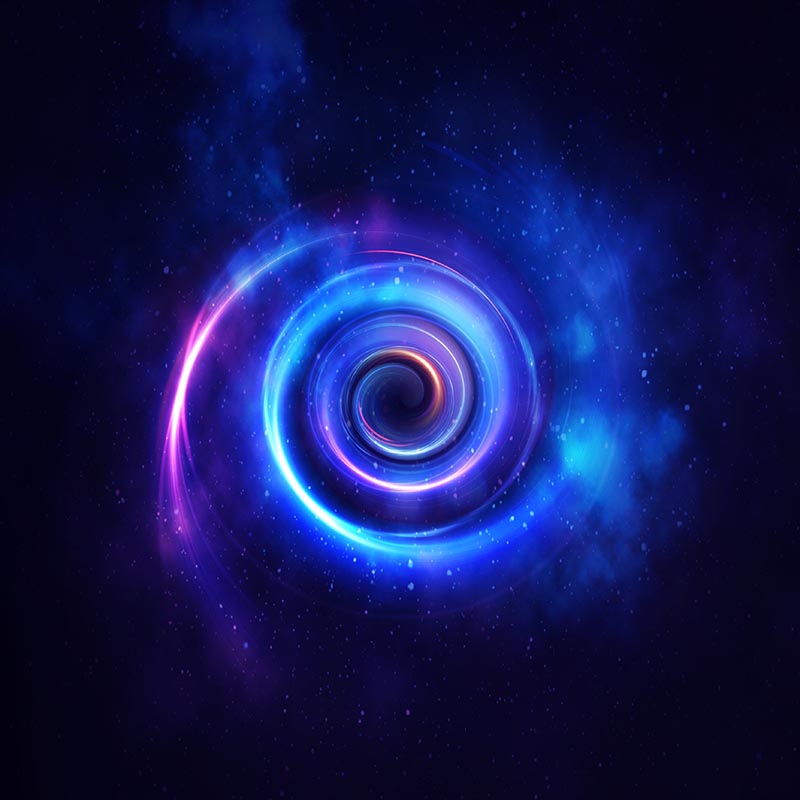
By: Anshul A.
Year: 2022
School: Portola High
Grade: 11
Science Teacher: John Olivares
Gravitational waves are a fundamental concept in astrophysics, which refers to the ripples in the fabric of space-time caused by the revolution of two binary black holes, two binary neutron stars, or a combination of both orbiting around a center axis. These waves were first predicted by Albert Einstein in his theory of general relativity in 1915. Since then, scientists have been attempting to detect and study these waves.
One of the most significant breakthroughs in this field has been the development of the Laser Interferometer Gravitational-Wave Observatory (LIGO), a ground-based observatory jointly operated by the California Institute of Technology and the Massachusetts Institute of Technology. The observatory detects gravitational waves passing through the earth by measuring the strain they cause on the two laser beams.
Anshul, an enthusiastic student, aimed to estimate the mass and energy loss in a black hole/neutron star binary system collision and study how the energy loss differs for different types of gravitational wave samples. To achieve this, he used four gravitational wave samples from LIGO – GW150914, GW170104, GW170608, and GW170817. Each sample’s strain data measured by the interferometer underwent a sequence of signal processing steps, resulting in a filtered version of the data.
Data from this filtered signal were used to estimate that the mass and energy loss was directly related to gravitational wave strength, and different types of mergers would create different energy loss relationships. Detailed analysis of the data shows that the binary black hole merger candidates GW150914 and GW170104 had an average energy loss in the order of 10^47 Joules over the final 20 milliseconds before the merger and exhibited an exponential pattern in the energy loss rate.
Anshul also found that the lighter black hole merger candidate GW170608 and neutron star merger candidate GW170817 had average energy loss in the order of 10^46 and 10^45 Joules, respectively, over the final 20 milliseconds. However, the energy loss rate deviated from the exponential pattern seen with massive binaries. This indicates that different types of mergers have distinct energy loss characteristics.
